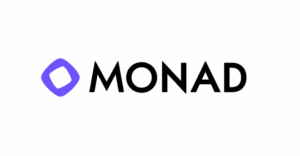Open Interest (OI) is a key concept in derivatives trading and attracts significant attention in the crypto market. While many traders focus on price movements and trading volume, open interest provides additional insights into market structure and trader behavior.
Open interest reflects the total number of open futures and options contracts in the crypto market. It serves as an important indicator for assessing market sentiment, liquidity, and trends. Rising OI signals growing interest and capital commitment, while declining OI indicates reduced engagement or market liquidation.
What does Open Interest mean?
Open interest represents the total number of all open futures and options contracts that have not yet been closed or settled. Unlike trading volume, which measures the number of contracts traded during a specific period, OI shows the total outstanding positions in the market. It increases when new contracts are opened and decreases when positions are closed or settled.
For cryptocurrencies, open interest is a valuable indicator for gauging market sentiment and liquidity. When OI rises alongside prices, it typically suggests a bullish market, as traders are opening more long positions. Conversely, when OI increases while prices fall, it indicates growing short positions and thus a bearish sentiment. A general decline in OI signals waning interest or a market reset.
How do traders use Open Interest?
Traders combine OI with price movements and trading volume to better understand trends. A simultaneous rise in both volume and OI is often seen as confirmation of a strong trend. However, if OI falls despite high trading activity, it usually suggests short-term speculation and a lack of conviction in the market.
Open interest becomes especially powerful when analyzed alongside other metrics such as trading volume or funding rates. For instance, a rising OI amid stagnant volume may signal speculative overheating, whereas an increase in both often points to a sustainable trend. For traders, it is therefore essential to analyze OI not in isolation but in conjunction with other market data.









